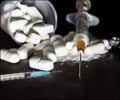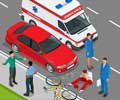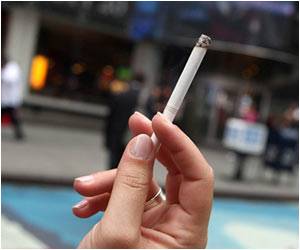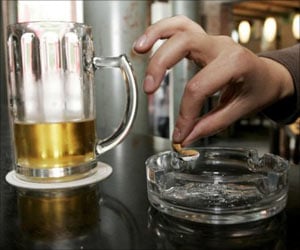A Henry Ford Hospital study says that a majority of so-called super-frequent user patients who seek care in the Emergency Department (ED) have a substance abuse addiction.
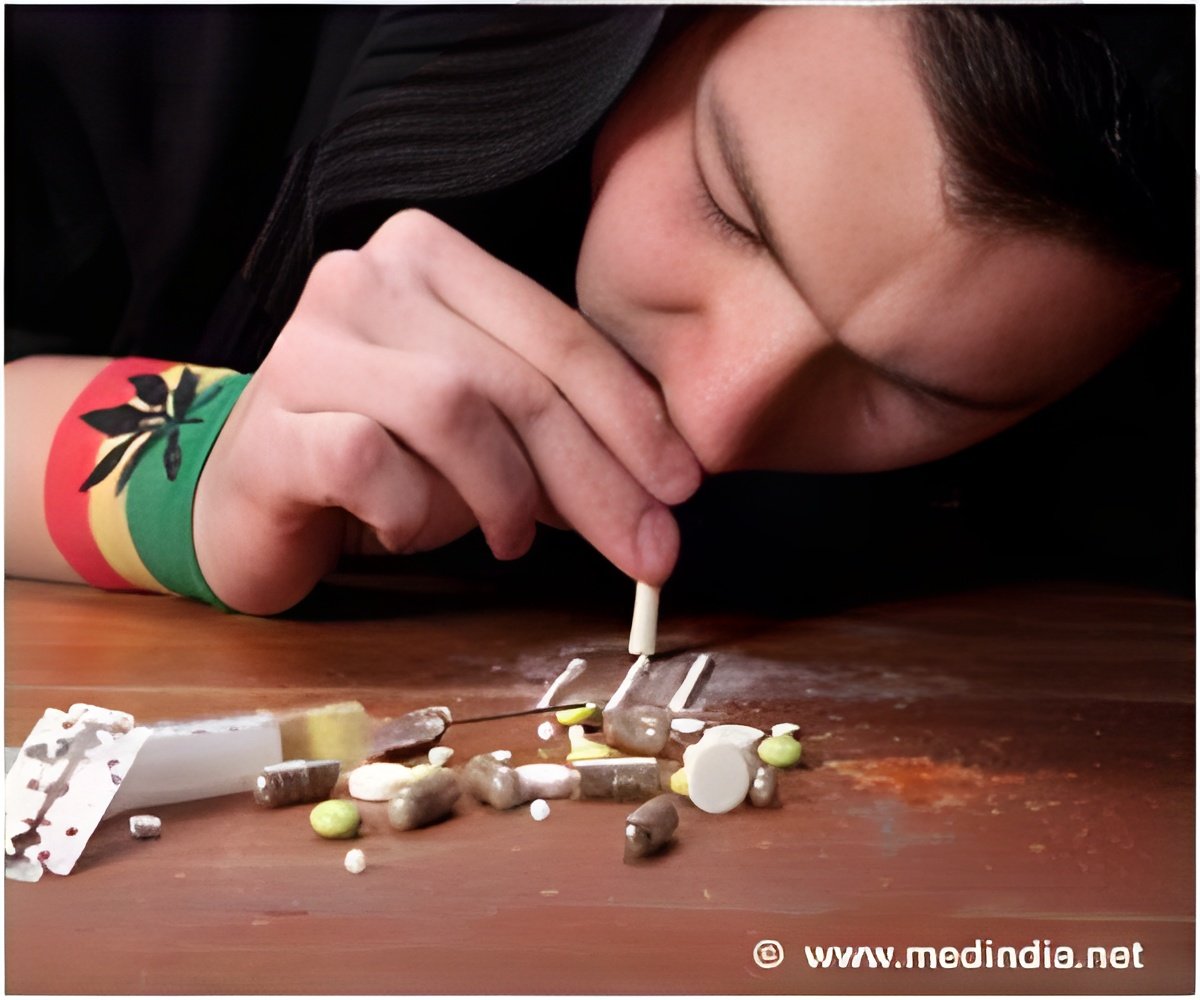
ED physicians have long theorized that patients who frequent the ED for their care have a substance abuse addiction. Few studies have actually measured the rate of addiction of these patients.
The study's key findings:
- 77 percent of patients had a substance abuse addiction.
- 47 percent were addicted to pain-relief narcotics such as Vicodin and Dilaudid.
- 44 percent were addicted to "other" illicit drugs such as cocaine or marijuana.
- 35 percent were addicted to alcohol.
Researchers also found that super-frequent users seeking pain-relief narcotics were more common with women.
The findings are being presented Saturday at the Society for Academic Emergency Medicine (SAEM) annual meeting in Dallas.
Advertisement
According to the federal Drug Abuse Warning Network, an estimated 2.5 million ED visits involved drug misuse or abuse in 2011. ED visits involving drug misuse or abuse increased 19 percent from 2009-11.
Advertisement
super-frequent users who sought care at Henry Ford's Emergency Department from 2004-2013 and determine whether imposing prescribing guidelines for narcotics in their ED impacted the level of patients seeking pain-relief narcotics.
In 2004, Henry Ford created the Community Resources for Emergency Department Overuse (CREDO) to more effectively manage the increased frequent users in the ED with individual care plans.
After reviewing and collecting data from each of the patients' electronic medical record, researchers found that CREDO had a significant impact. Before CREDO was initiated, the super-frequent users sought care in the ED 32.4 times a year.
Since then, rate of super-frequent users who sought pain-relief narcotics in Henry Ford's ED dropped to 13.8 visits a year from 32.5. For other super-frequent users, their visits dropped to 11.6 visits a year from 33.
"Emergency Departments that implement case management initiatives can make meaningful progress in addressing their frequent-user patient population," Dr. Peltzer-Jones says. "As our study showed, the number of frequent users visiting the ED for narcotics is alarming. A successful remedy to curtailing that problem is implementing case management strategies such as ours. However, if Emergency Departments don't have the resources to create a program, instituting narcotic prescribing guidelines may lead to decreased visits by frequent users."
The study was funded by Henry Ford Hospital.
Source-Newswise

